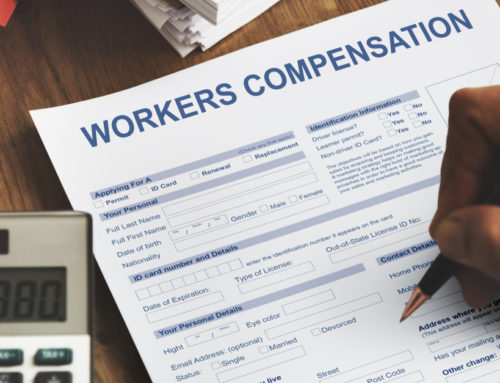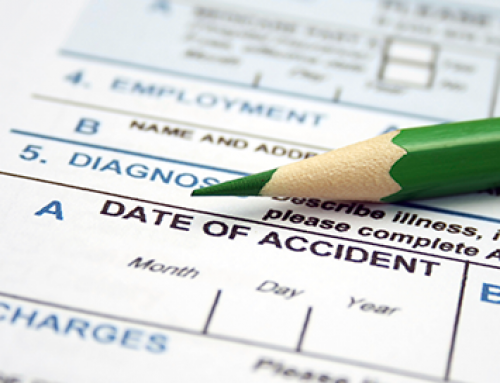I frequently encounter businesses that are overwhelmed by never-ending obligations to comply with occupational health and safety (OHS) requirements in the workplace. Whether it be statutory obligations or contractual conditions imposed by business partners, the task of ensuring the OHS system meets these expectations is an ongoing challenge for employers.
Unfortunately, there are often significant consequences of not keeping up. An investigation into the death of a diesel mechanic in NSW in 2014 found that “there were no equipment manuals, additional instructions or revision of existing ones for additional work” and that “the risk of working underneath a 20-tonne load was clearly foreseeable and a safe system of work, including a safe work method statement and work plan approved by the workshop foreman or supervisor, should have been developed.”
Likewise, an investigation into a tank rupture that resulted in three mining workers being trapped in a control room in WA in December 2014 found that the company was aware they needed to carry out regular inspections and repairs of the tanks and their failure to carry out an effective maintenance program led to the catastrophic failure of the tank.
The employers in both of these cases would never have intended for the holes in their OHS systems to have these consequences. I am sure they, like many employers, subscribed to the ‘Zero Harm’ philosophy to promote safety and injury prevention in the workplace. And yet their lack of systems and not keeping up with changes that were needed making this philosophy fail.
So, what as an employer can you do to keep up with your OHS requirements, identify any areas that need updating, and make sure they are ‘FIT’?
What makes an OHS system ‘FIT’?
Firstly, let’s take a look at what makes an OHS system ‘FIT’. It must be:
- Functional – Complies with the relevant state and federal legislation and safety codes of practice.
- Intelligent – Prioritises actions for high risk / frequent risk activities/activities that may have significant disruption to production and servicing.
- Transparent – Comprised of content that is written in plain English and readily accessible to the entire business.
There are many advantages of having a ‘FIT’ OHS system, some of which are obvious and others that are not. These may include:
- Preventing injury in the workplace by providing the workforce with education in respect of workplace health and safety procedures and systems.
- Reducing the number of workers who have time off work which adversely affects production and servicing and therefore business profits and customer satisfaction.
- Getting injured workers back to work as soon as possible through a proactive return to work and rehabilitation initiatives to minimise disruption to the business.
- Minimising staff turnover by genuinely caring about their health and wellbeing and contribution to the workplace.
- Reducing costs associated with finding temporary replacements for injured workers.
- Ensuring workplace incidents are accurately recorded when those occur.
- Reducing the number of workers’ compensation and common law claims.
- In turn, reducing claims costs will also reduce accident insurance premiums.
How do you make sure your OHS System is ‘FIT’?
To make sure your own OHS system is ‘FIT’, I would recommend you undertake a review of your current OHS system to see what needs updating and identify any gaps. This is something you should do on a regular basis, and/or as you introduce new equipment, job roles, systems or processes into the business, and as safety legislation changes.
Actions to take straight away:
- Make sure your system is up to date with safety legislation and codes of practice. You can check on recent changes and keep abreast of changes as they arise by:
- Subscribing to news alerts such as WorkSafe eNews: https://www.worksafe.qld.gov.au/forms-and-resources/newsletter/esafe-newsletters/subscribe-to-enews
- Attending safety seminars provided by workplace health and safety professionals and industry groups.
- Engaging specialist consultants to audit your existing system.
- Check that all your OHS documents and data are stored in an organised manner (preferably electronically).
- Check how you communicate your safe work procedures. They should be in a format that is easy to follow and with photos or diagrams demonstrating how the task should be performed and what certain tools/equipment and/or products look like (where practical).
Actions to take every quarter
- Keep a safety improvement register and review it every quarter.
Actions to take every six months:
- Review high-risk activities within your business, and activities with frequent risk exposure, to make sure adequate controls are in place and implement any improvements. Make sure these reviews are permanently scheduled in your calendar.
Actions to take once a year:
- Retrain workers on safety procedures annually and undertake competency assessments.
- Manage key events and reviews by having a safety calendar every year.
- Promote a health and safety culture in the workplace by participating in safety campaigns such as WorkSafe’s Safe Work Month.
A case study in improving ‘FIT’ness
A few years back I met with an employer who had identified a gap in their fitness for work procedure.
A staff member had been off work for a month on workers’ compensation for a back injury and had returned to the business without providing a medical clearance. This went undetected for several weeks until the worker injured himself again by lifting a gas bottle weighing 16 kilograms. In the interim, he had complained to his supervisor that he had ongoing back pain from lifting smaller items such as boxes of nails. The staff member went on workers’ compensation again, but this time he was off for a year and underwent back surgery. He never returned to work with the employer and pursued common law damages for his injuries.
In this instance, failing to ensure the worker’s fitness to return to his normal duties cost the employer a significant increase in their accident insurance premium due to the worker’s claims costs. This could have been avoided if the employer had assessed the worker’s fitness when he returned to work and certainly after he complained to his supervisor about ongoing back pain.
As a result of this costly experience, the employer put in place two relatively simple changes to their OHS system. They:
- re-educated their supervisors to make it a mandatory requirement for workers to provide a medical clearance from their doctor before they returned to work after taking time off for an injury.
- required workers who suffered injuries from performing innocuous tasks to undergo medical assessments to determine whether they could work safely in the business.
These measures have reduced the number of incidents in the workplace by around one third compared to the time when I first met the employer, and have had a great impact on reducing their costs associated with workers’ compensation claims.
It is easy to overlook these things when they appear to be so straightforward which is why periodic review by an employer of their OHS system is fundamental to make sure that not only the right safety procedures are in place but that they are also put in practice in daily business operations.






